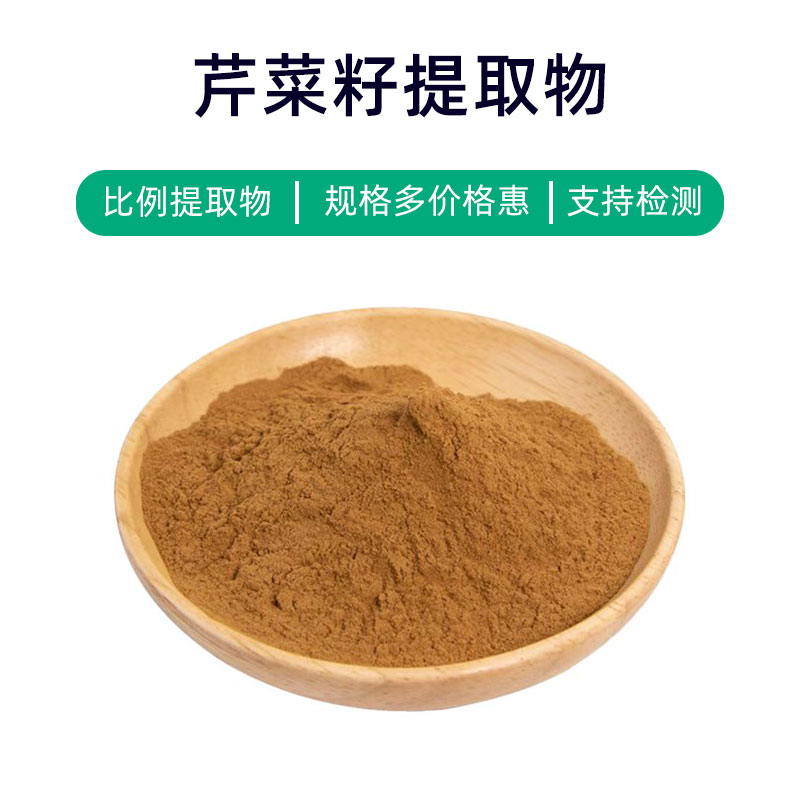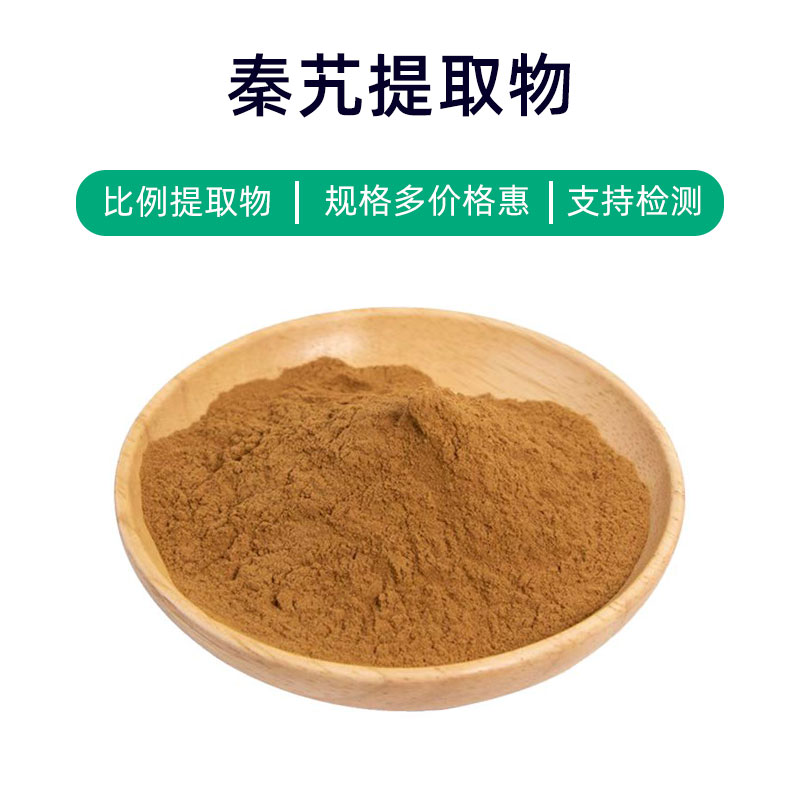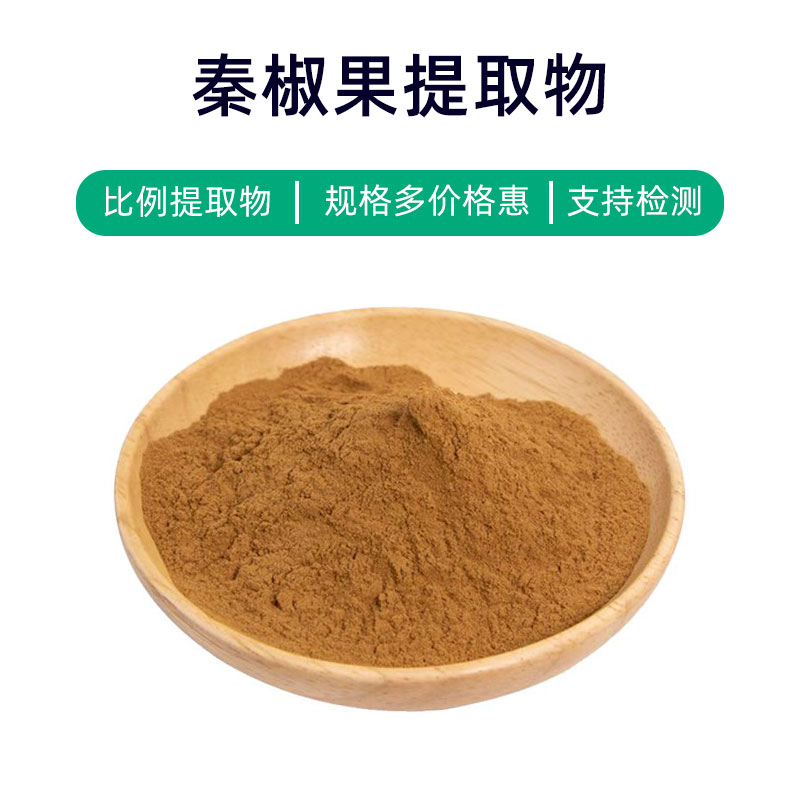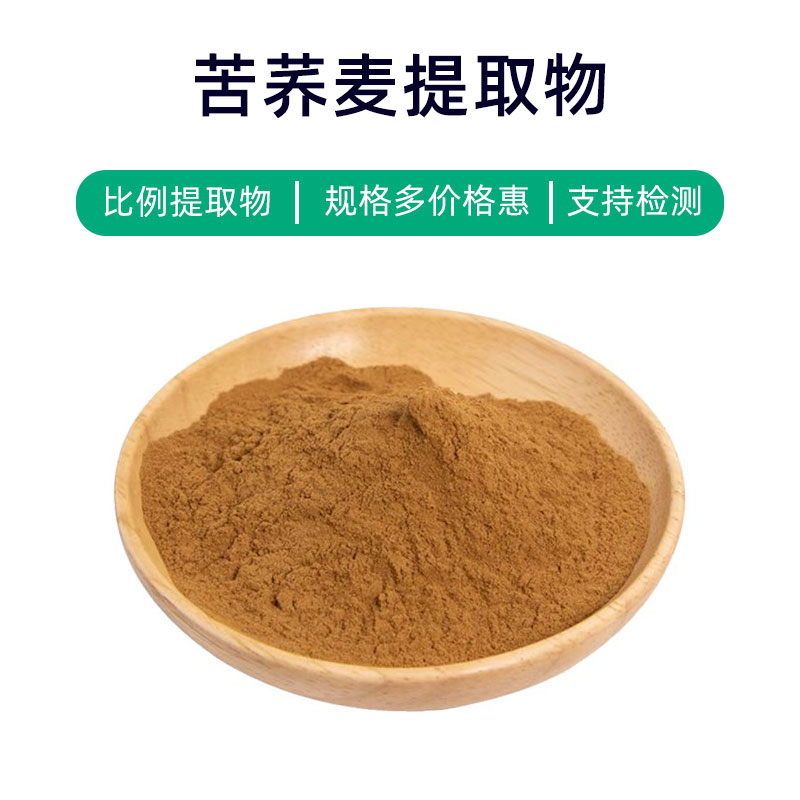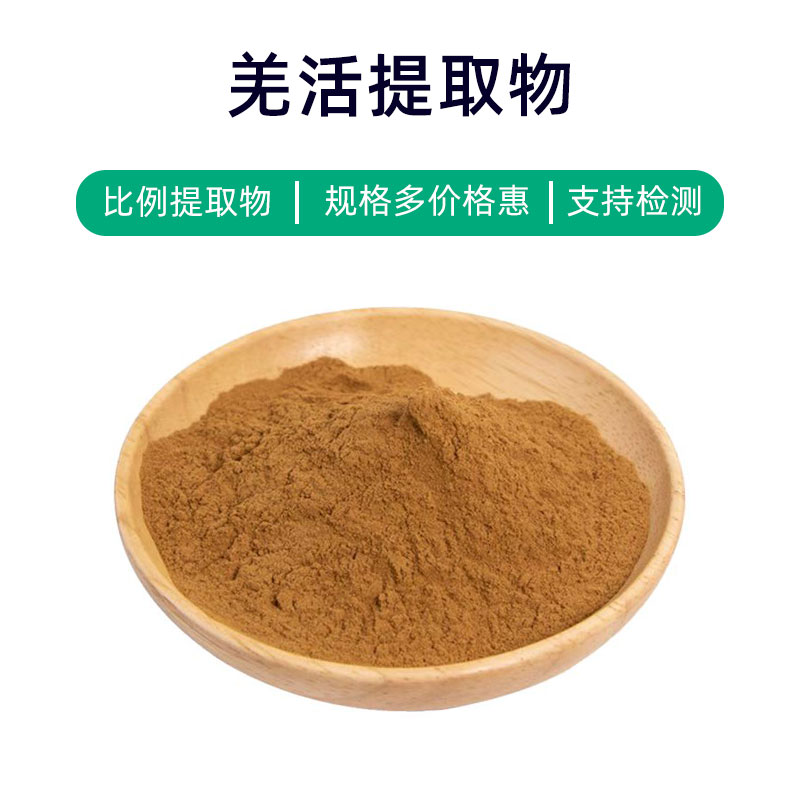Nettle Extract Product Introduction
Nettle extract is a natural plant extract derived from the nettle plant, with main components including nettle polysaccharides, phenolic compounds, amino acids, vitamins, and minerals. It is widely used in the medical, health supplement, skincare, and food industries.
In the medical field, nettle extract is used to prepare medicines recognized for their anti-inflammatory, anti-allergic, sedative, and diuretic properties. It is often used to treat allergic diseases, arthritis, and benign prostatic hyperplasia.
In health supplements, nettle extract serves as a raw material, offering rich nutrition that nourishes the body, boosts immunity, and regulates bodily functions.
In skincare, nettle extract is added to products for its soothing, anti-inflammatory, and moisturizing benefits, helping improve sensitive skin, reduce inflammation, and enhance skin hydration for healthier, smoother skin.
In food applications, nettle extract is commonly added to various foods as a functional additive, contributing nutritional value and providing certain health benefits.
In summary, nettle extract is a natural plant extract with multiple benefits and extensive applications, holding significant value in medicine, health supplements, skincare, and food industries.
Nettle Extract Production Process
The production of nettle extract typically involves the following key steps:
- Raw Material Collection and Preparation: Select fresh nettle plants as raw materials, usually from the stems, leaves, or roots. After collection, perform preliminary cleaning and handling to remove impurities and surface contaminants.
- Grinding and Milling: The cleaned nettle plants are pulverized and ground to enhance extraction efficiency. Mechanical grinding or chopping methods are typically used to reduce plant material to a powder.
- Extraction: The crushed nettle plant is mixed with an appropriate extracting agent (such as ethanol, water, or ethyl acetate) during the extraction process. Techniques like soaking, heating, and stirring are employed to effectively extract the active components from the plant.
- Filtration and Concentration: The extract is filtered to remove solid residues and impurities, yielding a pure extract. Then, through evaporation or other concentration methods, the solvent is removed, resulting in concentrated nettle extract.
- Drying and Powdering: The obtained nettle extract is dried to eliminate residual moisture, converting it into a dry powder. Further grinding may be performed to adjust the particle size as necessary to meet product specifications.
- Packaging and Storage: The nettle extract is packaged, usually in sealed aluminum foil bags or plastic containers, to prevent moisture or contamination. It should be stored in a cool, dry, ventilated environment, avoiding direct sunlight and high temperatures to ensure quality and stability.
- Quality Control: Throughout the production process, stringent quality control measures are implemented to monitor procedures and product quality, ensuring that the nettle extract meets relevant standards and specifications.
This outlines the typical production process for nettle extract. Each step must be strictly controlled to ensure the quality and stability of the final product.
Nettle Extract Effects and Side Effects
Nettle extract is a natural plant-derived component with multiple effects, primarily including the following:
- Anti-inflammatory and Antiallergic Effects: Nettle extract contains abundant bioactive components that provide anti-inflammatory and antiallergic properties, alleviating symptoms like itching, redness, and inflammation, making it suitable for treating conditions such as urticaria, eczema, and skin allergies.
- Moisturizing and Hydrating the Skin: Nettle extract possesses excellent moisturizing abilities, increasing skin moisture content and improving dry and rough skin, ensuring a softer and smoother complexion.
- Antioxidant Effects: Polyphenolic compounds in nettle extract exhibit strong antioxidant properties that can neutralize free radicals, slowing down skin aging, reducing fine lines and wrinkles, and helping skin maintain its youthful, healthy appearance.
- Regulating Sebum Production: Nettle extract regulates sebaceous glands, balancing oil secretion in the skin, reducing greasiness and acne, thus improving oily and combination skin conditions.
- Enhancing Skin Radiance: Nutrients like vitamins and minerals found in nettle extract promote skin metabolism and enhance cell vitality, making the skin smoother and restoring its natural glow.
- Soothing and Repairing Damaged Skin: Nettle extract has excellent soothing and repairing qualities, helping alleviate discomfort and damage caused by sun exposure, environmental pollution, or cosmetic irritation, promoting skin repair and regeneration.
While nettle extract is generally mild and safe, some individuals may experience allergic reactions; therefore, it's advisable to conduct a skin sensitivity test prior to use. Pregnant and breastfeeding women, as well as individuals with severe skin issues, should consult a doctor before use.
Nettle Extract Applications and Dosage
Nettle extract, as a natural plant extract, finds broad applications in the pharmaceutical, food, and cosmetic fields. Below is an overview of its applications and corresponding dosages.
- Medical Applications:
- Treatment of Skin Diseases: Nettle extract can be used for conditions like urticaria, eczema, and skin allergies. A topical preparation containing 2-5% nettle extract is typically applied to affected areas 2-3 times daily.
- Anti-inflammatory and Itch Relief: Used to alleviate itching and inflammation from insect bites or contact with nettles. Nettle extract sprays or gels can be applied as needed to affected areas 2-3 times daily.
- Food Applications:
- Nutritional Supplements: Rich in vitamins, minerals, and polyphenolic compounds, nettle extract can be used to produce health supplements, typically in liquid, capsule, or tablet forms, with a suggested daily dosage ranging from 20-50 mg.
- Cosmetic Applications:
- Skincare Products: With moisturizing, antioxidant, and soothing properties, nettle extract is commonly used in skincare products. It can be incorporated into creams, lotions, and serums in accordance with product guidelines.
- Sunscreen Products: The polyphenolic compounds in nettle extract provide some UV protection, making it useful in sunscreens or sun sprays. It is recommended to apply to sun-exposed areas and reapply every 2 hours.
- Dosage Guidelines:
- Before using nettle extract products, it is advisable to perform a sensitivity test to avoid allergic reactions.
- In medical applications, follow the physician or medication instructions.
- For food and cosmetic applications, adhere to product guidelines and avoid overuse to prevent discomfort.
Nettle extract is generally safe and effective, but for pregnant or breastfeeding women and special populations, consultation with a healthcare professional is recommended. Furthermore, it is important to purchase products from reputable sources to ensure quality and safety.
Introduction to Nettle Plant Source, Distribution, and Growth Environment
Nettle (scientific name: Urtica) is a type of perennial herb belonging to the Urticaceae family, with over 30 different species. The most common are common nettle (Urtica dioica) and Japanese nettle (Urtica thunbergiana). The following discusses the source, distribution, and growth environment of nettle plants:
- Source:
Nettles are primarily found in temperate and subtropical regions, widely distributed across continents including Europe, Asia, North America, and Africa. In these regions, nettle plants are commonly found along roadsides, fields, forest edges, and in meadows; some species adapt to high-altitude environments. - Distribution:
- Common Nettle (Urtica dioica): Native to Europe and North Africa, now widely distributed across North America, Asia, and more.
- Japanese Nettle (Urtica thunbergiana): Mainly found in East Asia, such as Japan, China, and South Korea.
- Growth Environment:
Nettle plants thrive in sunny, moist environments and are often found near rivers, streams, slopes, and meadows. They typically grow in nutrient-rich soils and are adaptable to acidic, neutral, or alkaline soils. The suitable temperature range for nettle growth is between 10°C and 25°C, but they can also tolerate lower temperatures. - Growth Characteristics:
Nettle plants typically grow upright or branched, featuring stinging or fine hairs on the stem, with heart-shaped or ovate leaves that have a smooth surface. Their root systems are well-developed, allowing them to absorb nutrients deeply from the soil. During the growing season, nettle plants can exhibit rapid growth and strong reproductive abilities, sometimes becoming weeds in fields or gardens.
In summary, nettle plants are widely distributed globally, with non-strict growth environment requirements and strong adaptability. Under suitable conditions, nettle plants can grow quickly and exhibit certain resilience, making them common wild plants.
Processing and Storage of Nettle Extract
The processing of nettle extract primarily involves the following steps: First, fresh nettle plants are collected, then cleaned and ground. Appropriate solvents, such as water or ethanol, are used for extraction, followed by soaking, filtering, and concentrating processes to yield nettle extract. Throughout the processing, parameters such as temperature, humidity, and time need to be strictly controlled to ensure the quality and stability of the extract.
For storage, nettle extract should typically be kept in a cool, dry, and ventilated place, away from direct sunlight and high temperatures. It is advisable to package in sealed containers and regularly check the extract’s appearance and characteristics to ensure there are no abnormalities. Additionally, avoid moisture, contamination, and contact with harmful substances to maintain the integrity of its active components and stability.
Monica Sun is a seasoned expert in the plant extraction industry with over a decade of experience in research and production. She specializes in the extraction and purification of plant active ingredients, focusing on driving innovation in natural product applications. Monica has participated in the development of multiple functional plant extracts, delivering high-value natural raw material solutions for the health food, pharmaceutical, and dietary supplement sectors.









